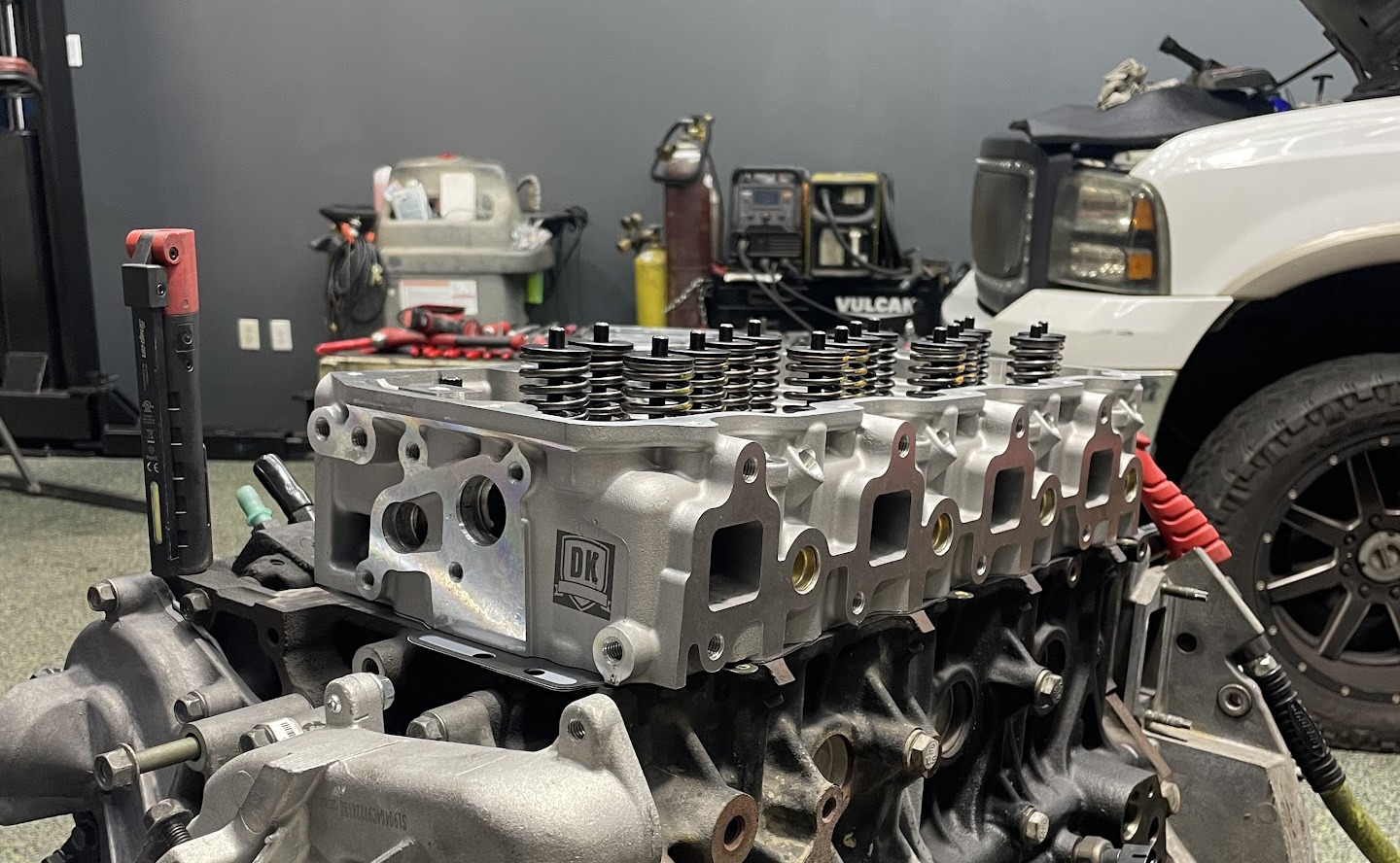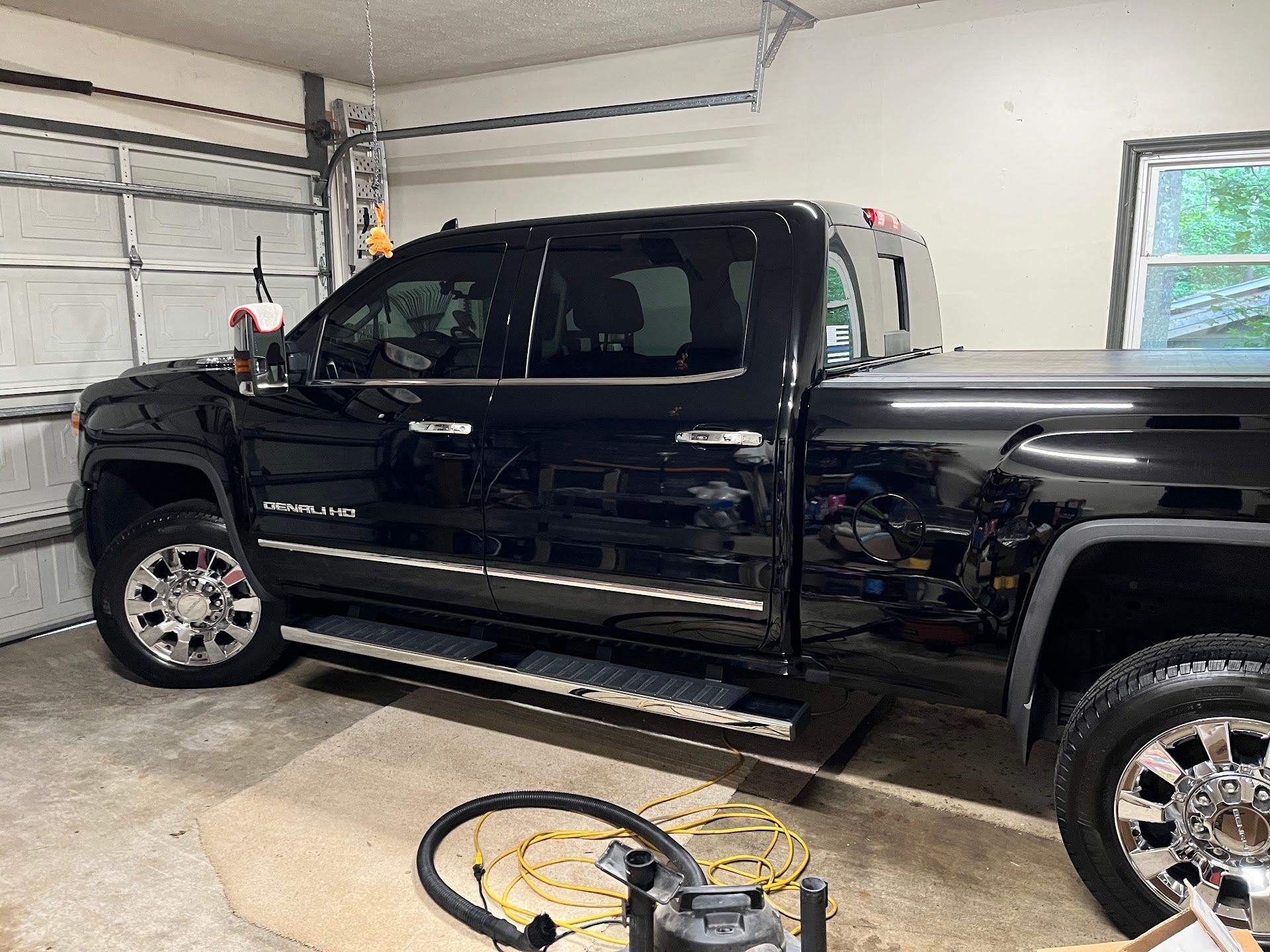Essential Battery Inspections to Prevent Fall Breakdowns in Georgia
As September arrives in Woodstock and the first hints of cooler weather appear, many drivers breathe a sigh of relief thinking the hardest season for their vehicles is over. However, fall presents unique challenges for car batteries that have been stressed by months of Georgia's brutal summer heat. The combination of weakened batteries and upcoming temperature fluctuations creates perfect conditions for unexpected roadside breakdowns.
Don't let a dead battery leave you stranded in the Kroger parking lot or on Highway 92 during your morning commute. Fall battery maintenance is crucial for reliable transportation as seasons change in North Georgia.
Why Summer Heat Weakens Car Batteries
Contrary to popular belief, hot weather is actually harder on car batteries than cold weather. Georgia's summer temperatures regularly exceed 95°F, and engine compartments can reach 140°F or higher. This extreme heat accelerates the chemical reactions inside your battery, causing faster deterioration.
Heat damage to batteries includes:
- Accelerated evaporation of battery electrolyte
- Faster breakdown of internal battery plates
- Increased corrosion of terminals and connections
- Reduced battery capacity and lifespan
- Higher risk of complete battery failure
A battery that struggled through Georgia's summer heat is a prime candidate for fall failure when temperature swings add additional stress to already weakened components.
Temperature Swings Create New Challenges
Fall weather in Woodstock brings dramatic temperature changes that can finish off batteries weakened by summer heat. Morning temperatures in the 50s followed by afternoon highs in the 80s create expansion and contraction cycles that stress battery components.
Fall temperature effects:
- Cold mornings require more power for engine starting
- Temperature changes affect battery chemical reactions
- Expansion and contraction stress internal connections
- Reduced battery efficiency in cooler temperatures
- Higher electrical demands from heating systems
These temperature fluctuations often reveal battery weaknesses that weren't apparent during consistent summer heat.
Visual Battery Inspection Signs
Many battery problems show clear visual symptoms that don't require special tools to identify. Regular visual inspection can prevent unexpected failures and roadside emergencies.
Corrosion around terminals: White, blue, or green crusty buildup around battery terminals indicates acid leakage and corrosion. This corrosion restricts electrical flow and can prevent your car from starting.
Swollen or bloated battery case: Excessive heat can cause battery cases to swell or bulge. A swollen battery case indicates internal damage and imminent failure—replace immediately.
Cracked battery case: Cracks in the battery housing allow acid to leak and moisture to enter, leading to reduced performance and potential safety hazards.
Loose or damaged terminals: Check that battery terminals are tight and free from damage. Loose connections cause starting problems and can create dangerous electrical arcing.
Performance Warning Signs
Your battery communicates its declining condition through various performance symptoms. Recognizing these early warning signs can prevent being stranded.
Slow engine cranking: If your engine turns over more slowly than usual, especially on cooler mornings, your battery is likely losing capacity. This is often the first sign of battery failure.
Dashboard warning lights: Battery or charging system warning lights indicate problems with electrical generation or storage. Don't ignore these warnings—they often precede complete failure.
Electrical system issues: Dimming headlights, weak horn sounds, or slow power window operation can indicate insufficient battery power or charging system problems.
Multiple jump-start incidents: If you've needed jump-starts multiple times recently, your battery is failing and needs replacement before it leaves you completely stranded.
Age and Battery Replacement Guidelines
Most car batteries last 3-5 years under normal conditions, but Georgia's extreme heat can shorten battery life significantly. Batteries over three years old deserve extra attention during fall inspections.
Age-related considerations:
- Batteries over 3 years should be tested annually
- Batteries over 4 years are likely candidates for replacement
- Original equipment batteries rarely last beyond 5 years
- Premium batteries may last longer but still suffer from heat stress
Check the date code on your battery (usually stamped on a sticker or molded into the case) to determine its age.
Professional Battery Testing Benefits
While visual inspection reveals obvious problems, professional battery testing uses specialized equipment to measure actual battery capacity and charging system performance.
Professional testing advantages:
- Load testing determines real-world battery capacity
- Charging system testing ensures proper voltage output
- Conductance testing identifies internal battery problems
- Starter draw testing reveals excessive electrical demands
- Complete electrical system analysis
Professional testing can identify failing batteries before they leave you stranded and detect charging system problems that damage new batteries.
The Role of Charging System Health
A failing battery might not be the battery's fault. Alternators, voltage regulators, and other charging system components can fail, causing good batteries to discharge or overcharge.
Charging system problems:
- Undercharging leads to battery sulfation and early failure
- Overcharging causes excessive heat and electrolyte loss
- Loose or corroded connections reduce charging efficiency
- Worn alternator belts prevent proper charging
- Failed voltage regulators damage batteries and electrical components
Testing the entire charging system ensures new batteries aren't destroyed by underlying electrical problems.
Fall Maintenance Tips for Battery Longevity
Simple maintenance steps can extend battery life and prevent fall failures, especially after the stress of Georgia's summer heat.
Battery maintenance basics:
- Clean terminals and apply protectant spray
- Check and tighten terminal connections
- Ensure battery is securely mounted (heat can loosen hold-downs)
- Keep battery case clean and dry
- Check electrolyte levels in serviceable batteries
- Test battery voltage regularly during temperature changes
Emergency Preparedness for Battery Failures
Even well-maintained batteries can fail unexpectedly. Being prepared for battery emergencies keeps you safe and gets you back on the road quickly.
Emergency kit essentials:
- Quality jumper cables or portable jump starter
- Battery terminal cleaning brush and baking soda
- Work gloves for handling batteries safely
- Flashlight for dark roadside repairs
- Emergency contact numbers for roadside assistance
- Basic tools for terminal removal if needed
When to Replace vs. Maintain
Not every battery problem requires immediate replacement. Professional assessment can determine whether maintenance, repair, or replacement is the most cost-effective solution.
Maintenance can help with:
- Minor corrosion and terminal problems
- Low electrolyte levels in serviceable batteries
- Loose connections and mounting issues
- Surface discharge from extended storage
Replacement is needed for:
- Batteries over 4-5 years old showing capacity loss
- Cracked or damaged battery cases
- Batteries requiring frequent jump-starts
- Batteries failing professional load tests
Don't Risk Fall Battery Failure
Georgia's fall weather can be unpredictable, and the last thing you want is to be stranded with a dead battery during a sudden temperature drop or autumn thunderstorm. Proactive battery maintenance and replacement prevent emergencies and ensure reliable transportation.
Prevention strategies:
- Schedule professional battery testing before cooler weather arrives
- Replace batteries showing signs of weakness rather than waiting for failure
- Address charging system problems that damage batteries
- Keep emergency equipment in your vehicle
- Monitor battery performance during temperature changes
Regional Considerations for Woodstock Drivers
Local driving conditions around Woodstock create specific challenges for battery systems that drivers should consider when evaluating battery health.
Local factors affecting battery life:
- Stop-and-go traffic on I-575 during rush hour
- Short trips around town that don't fully recharge batteries
- Extended parking in hot shopping center lots
- Mountain driving that stresses charging systems
- Seasonal temperature swings between summer and fall weather
These conditions can accelerate battery wear and make fall testing even more important for local drivers.
Professional Battery Service for Peace of Mind
Don't leave your fall driving reliability to chance. Professional battery testing and service ensures your electrical system is ready for seasonal weather changes and increased driving demands.
Ensure reliable starts all season long with comprehensive battery testing and service from the experienced technicians at Diesel David Inc. Located at 10262 Main Street in Woodstock, we've been keeping local drivers on the road since 2015 with expert electrical system diagnosis and repair.
Call us at (770) 874-5094 to schedule your fall battery inspection, or visit our shop for complete electrical system service. With our 2-year/24,000-mile warranty, you can face fall weather changes knowing your battery and charging system are properly maintained and ready for reliable performance.










